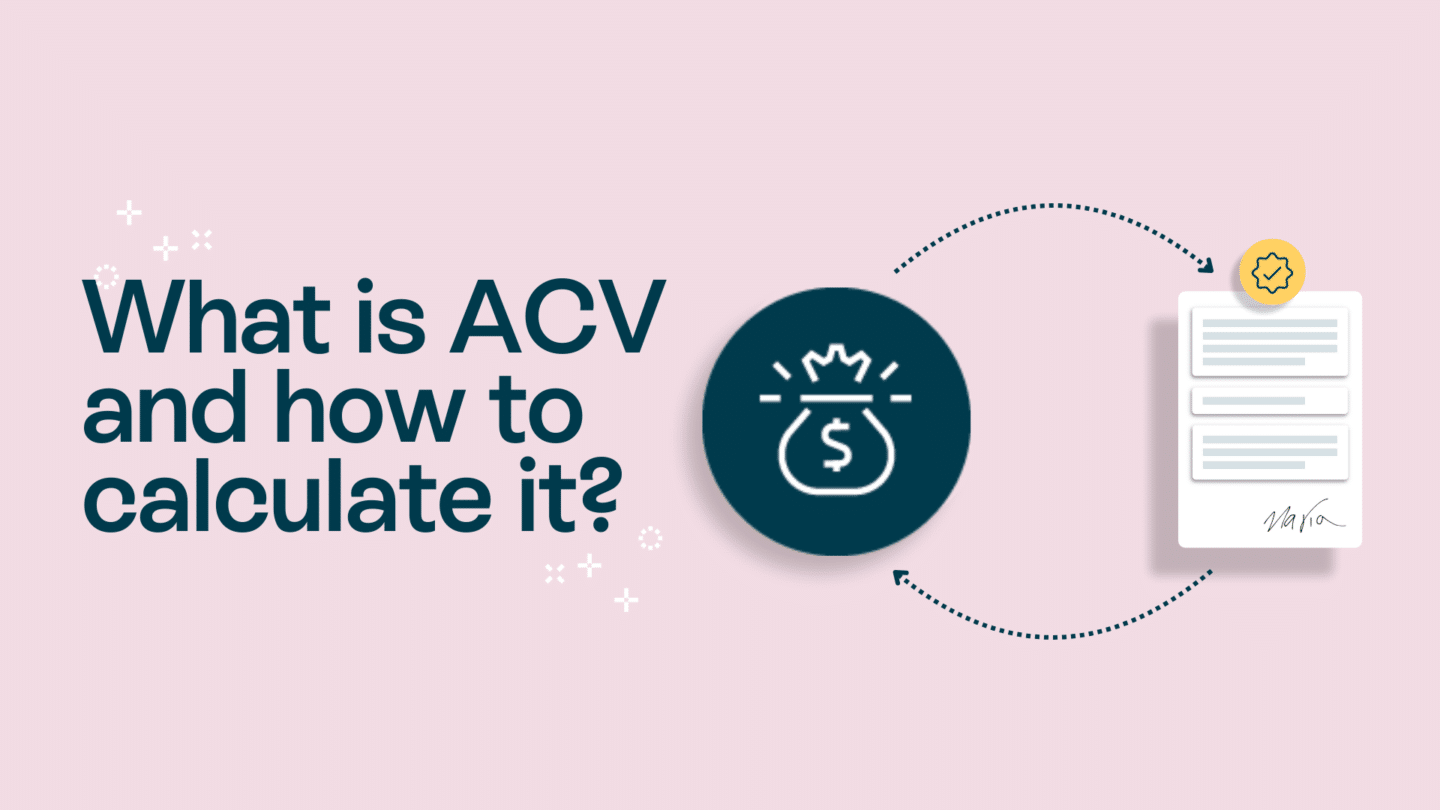In this modern era of technology and connectivity, the importance of secure digital transactions cannot be overstated. One of the key components that ensure the integrity, authenticity, and non-repudiation of such transactions is a Digital Signature Public Key Infrastructure, commonly known as Digital Signature PKI.
A quick guide to the basics: Digital signatures and PKI
Before diving deep into Digital Signature PKIs, it’s crucial to understand the fundamentals of digital signatures and the concept of Public Key Infrastructure.
When it comes to the world of digital signatures, it is important to have a clear understanding of what they are and how they work. At its core, a digital signature is a mathematical algorithm that verifies the authenticity and integrity of digital data. It functions similarly to a handwritten signature, but with the added advantage of ensuring the non-repudiation of the signed content.
A digital signature is created using a private key, which is unique to the signer. This private key is used to encrypt the digital data, creating a unique hash value. This hash value is then attached to the digital data, creating the digital signature. To verify the authenticity of the digital signature, the recipient uses the signer’s public key, which is made available to everyone. The recipient decrypts the digital signature using the public key and compares the resulting hash value with a newly generated hash value from the received digital data. If the two hash values match, it confirms that the digital data has not been tampered with and that it was indeed signed by the claimed signer.
Now that we have a clear understanding of digital signatures, let’s delve into the concept of Public Key Infrastructure (PKI). Public Key Infrastructure, commonly referred to as PKI, is a framework that manages the generation, distribution, and verification of digital certificates, including public and private keys. It establishes a trusted hierarchy where entities can securely communicate over insecure channels.
In a PKI system, a Certificate Authority (CA) plays a crucial role. The CA is a trusted entity that issues digital certificates to individuals or organisations. These digital certificates contain the public key of the entity and are used to verify the authenticity of the digital signature. The CA signs these digital certificates using its private key, creating a chain of trust. When a recipient receives a digitally signed document, they can verify the authenticity of the digital signature by checking the digital certificate’s validity and the CA’s signature.
PKI also ensures the confidentiality of communication through the use of encryption. When two entities want to communicate securely, they can exchange their public keys and encrypt their messages using each other’s public keys. The encrypted message can then only be decrypted using the corresponding private key, ensuring that only the intended recipient can read the message.
Read also: Electronic signature: The benefits and how it works

The importance of digital signature PKI
In today’s interconnected world, where online transactions have become the norm, the role of Digital Signature PKI cannot be underestimated. Here are a couple of reasons why this technology is paramount:
Security in digital transactions
By incorporating Digital Signature PKI into digital transactions, organisations can ensure robust data security. Digital signatures provide a strong layer of protection against tampering and unauthorised modifications, making them an essential tool in maintaining data integrity and confidentiality.
Authenticity and non-repudiation
One of the significant advantages of using Digital Signature PKI is the ability to establish the authenticity of the signer. Through the use of public and private key pairs, it becomes virtually impossible for someone to deny their involvement in a transaction, thus fostering trust and accountability.
Read also: All you need to know about Oneflow electronic signatures and the eIDAS regulation

How does digital signature PKI work?
Understanding the inner workings of Digital Signature PKI is crucial to grasp its significance fully. Let’s take a closer look at how this technology operates:
The process of digital signing
When a user digitally signs a document or data, the process involves both hashing and encryption. First, the content is hashed, creating a unique digital fingerprint, also known as a digest. Then, the digest is encrypted with the signer’s private key, creating the digital signature.
Role of encryption in PKI
Encryption plays a pivotal role in Digital Signature PKI by providing a secure method of transferring information. By encrypting data with the recipient’s public key, only the intended recipient possessing the corresponding private key can decrypt and access the information.
Read also: Is an agreement the same as a contract?

Types of digital signature PKI
Different types of digital signatures exist, each with its unique characteristics:
Simple digital signature
As the name suggests, a simple digital signature provides the basic functionality of ensuring data integrity and authenticity. It involves the use of a private key to sign the data and a corresponding public key to verify the signature.
Advanced digital signature
Advanced digital signatures encompass more advanced features, such as timestamping, to ensure the long-term validity and legal recognition of the signatures. These signatures adhere to specific standards and regulations, providing a higher level of assurance and reliability.
Qualified digital signature
A qualified digital signature is the high-end form of digital signature PKI. It requires the presence of a qualified certificate, typically issued by a trusted Certification Authority (CA). These signatures provide a higher level of trust and are legally recognised across jurisdictions.
Read also: All you need to know about electronic contracts

Implementing digital signature PKI
Implementing a Digital Signature PKI requires careful planning and consideration. Let’s explore some crucial steps to follow:
Steps to implement digital signature PKI
The first step in implementing a Digital Signature PKI is to define the desired goals and objectives. Identify the specific use-cases and the level of security required. Conduct a thorough analysis of available PKI solutions and choose the one that aligns with your organisation’s needs.
Next, you need to establish a robust infrastructure for managing the digital certificates and key pairs effectively. This includes the deployment of secure certificate authorities, key management systems, and regular certificate lifecycle management.
Lastly, ensure comprehensive training and awareness programs for all users involved in digital signing. Educate them about the importance of digital signatures, the risks associated with improper usage, and the best practices for secure digital transactions.
Choosing the right PKI provider
Selecting the right PKI provider is a critical decision. Consider factors such as the provider’s reputation, expertise, industry compliance, and support services. It’s important to choose a provider that can meet your organisation’s specific requirements and offer scalability for future growth.
In conclusion, Digital Signature PKI is a vital tool in ensuring the authenticity, integrity, and non-repudiation of digital transactions. By implementing robust security measures, organisations can establish trust and confidence in their online interactions. Embracing Digital Signature PKI is a key step towards securing the dynamic digital landscape we navigate today.







